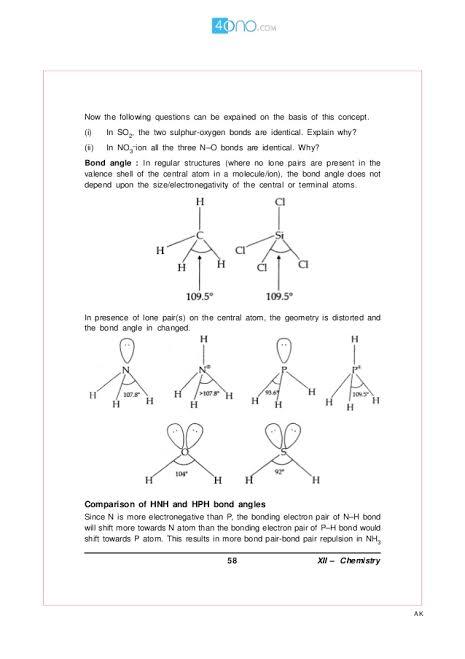Time management is very much important in IIT JAM. The eduncle test series for IIT JAM Mathematical Statistics helped me a lot in this portion. I am very thankful to the test series I bought from eduncle.
Nilanjan Bhowmick AIR 3, CSIR NET (Earth Science)
P
Pinki Payal posted an Question
October 03, 2020 • 04:36 am
![]() 30 points
30 points
- IIT JAM
- Chemistry (CY)
Uoqeh n sey aluu bond an ua (b)oh phmao2 has c h 2hasph >ho
uoqeh n sey aluu bond an uA (b)OH PHMao2 Has C H 2HasPH >HO
2 Answer(s)
Answer Now
- 0 Likes
- 2 Comments
- 0 Shares
Do You Want Better RANK in Your Exam?
Start Your Preparations with Eduncle’s FREE Study Material
- Updated Syllabus, Paper Pattern & Full Exam Details
- Sample Theory of Most Important Topic
- Model Test Paper with Detailed Solutions
- Last 5 Years Question Papers & Answers
Sign Up to Download FREE Study Material Worth Rs. 500/-










 >
>
 >
>









Priyanshu kumar![best-answer]()
Option A Explanation:- Between NH3 and PH3:- The electronegativity of Nitrogen is much more than phosphorous. Thus the N-H bonds in NH3 are polar and the Hydrogen atoms of NH3 acquire a partially positive charge while the H atoms of PH3 remain neutral. The partially charged H atoms of NH3 repels each other and thus Bond Angle increases. While PH3 lacks this effect. Thus bond angle of NH3 is greater than PH3.
Between NH3 and H20:- In H2O there are two lone pairs of electrons whereas in NH3 there are only one lone pair of electron. In H2O, lone pair-lone pair repulsion takes place whereas in NH3 lone pair-bond pair repulsion takes place. The lone pair-lone pair repulsion is more strong than lone pair-bond pair repulsion. Thus, the bond angle in a water molecule is less than the ammonia molecule. Bond angle α1/No.of lone pair (for same hybridisation compound)
Between H20 and H2S:- As we know in both structure two bond pair and two lone pair are present and both has tetrahedral geometry. In H2O, oxygen is more electronegative, electrons of two O-H bonds are more attracted towards oxygen atom. Consequently more bond pair- bond pair repulsion take place,so bond angle get increase On the other hand in H2S, because of less electronegative character of S,less repulsion is present so angle get decrease.